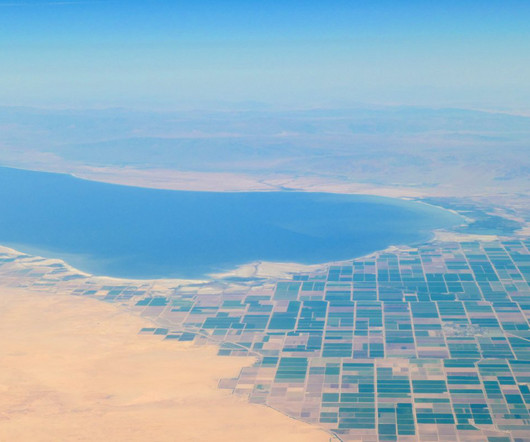Are Next-Gen Synthetic Fibers the Future of Sustainable Textiles?
Modern Farmer
MARCH 1, 2024
Fashion contributes around 10 percent of global greenhouse gas emissions, second only to big oil. In addition, most natural fibers are grown conventionally, which often means heavy use of pesticides, synthetic fertilizers and genetically modified or treated seeds. Another big factor is end of life.











Let's personalize your content